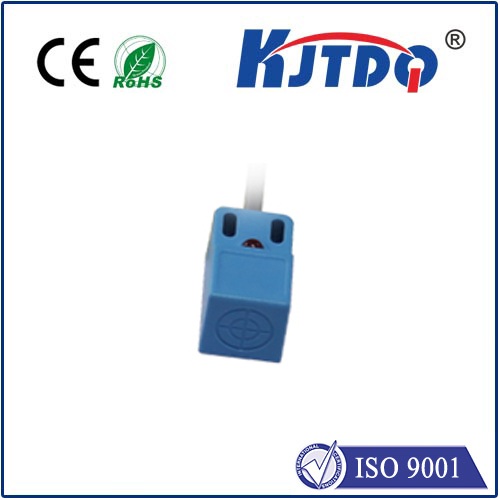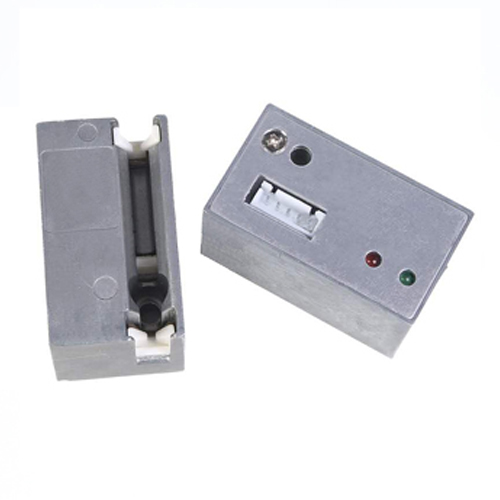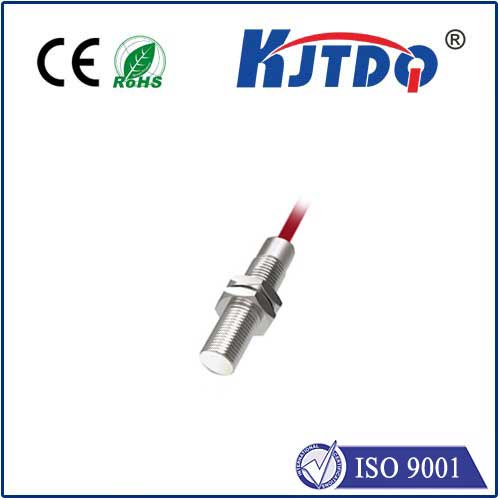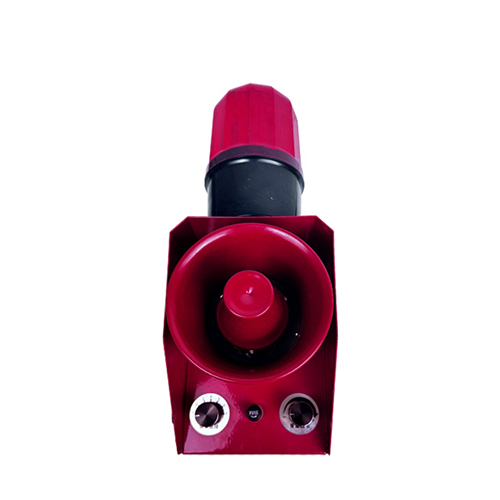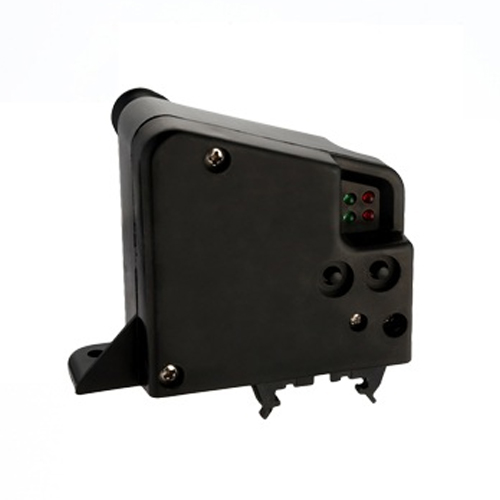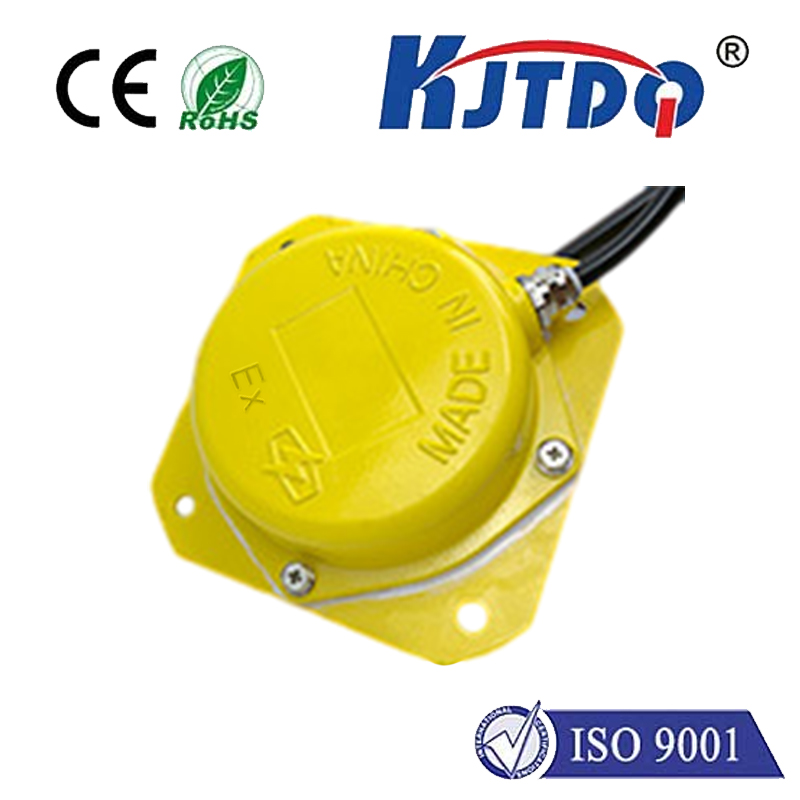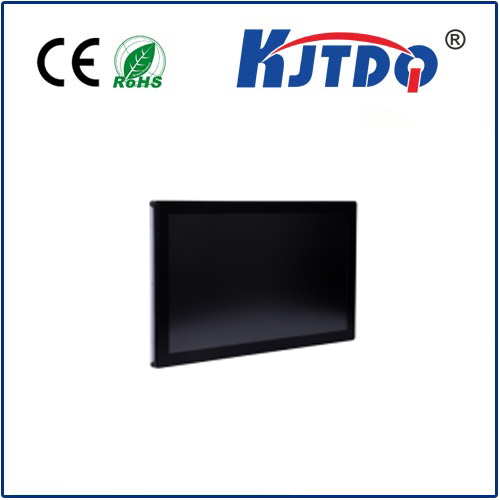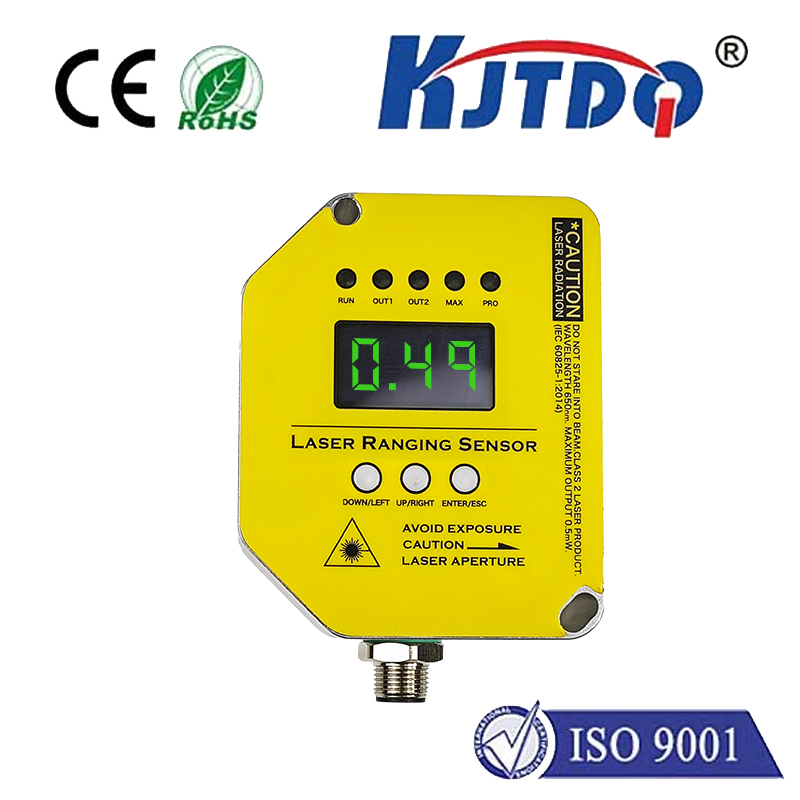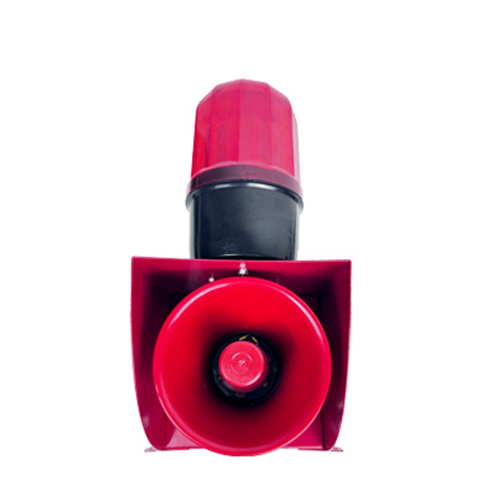

check

check

check

check

check

check

check

check

check

check
Body: In recent years, the emergence of body proximity sensors has revolutionized the way we interact with technology. These small devices, which are capable of detecting physical proximity, have found applications in a wide range of industries, from healthcare to automotive to security. By leveraging the power of machine learning and artificial intelligence, these sensors are able to provide valuable insights into user behavior and preferences, as well as enhance safety and security features.
One of the key benefits of body proximity sensors is their ability to improve the user experience. For example, in the context of smartphones, these sensors can be used to detect when a user's hand is near the device, allowing for automatic hands-free operation. This not only makes the device more convenient to use, but it also reduces the risk of accidental drops or spills. Similarly, in the realm of fitness trackers, body proximity sensors can be used to monitor activity levels and provide real-time feedback on progress.
In addition to enhancing user experience, body proximity sensors also play an important role in improving safety. For instance, in self-driving cars, these sensors can be used to detect when a pedestrian is about to cross the street and alert the driver to slow down or stop safely. This has the potential to greatly reduce the number of accidents caused by distracted or impaired drivers. Similarly, in public areas such as airports and train stations, body proximity sensors can be used to detect suspicious activities and trigger alerts to security personnel.
Despite these numerous benefits, there are still some challenges that need to be addressed before body proximity sensors can reach their full potential. One major issue is privacy concerns, as these devices collect sensitive data about users' movements and behaviors. To address this challenge, it will be crucial for developers to implement robust security measures and obtain explicit consent from users before collecting and using their data.
In conclusion, body proximity sensors represent a powerful innovation that has the potential to transform many aspects of our daily lives. From enhancing user experience and safety to enabling new forms of automation and interaction, these devices are poised to revolutionize the way we live and work in the years ahead. As we continue to explore their capabilities and limitations, it is clear that body proximity sensors will play a central role in shaping the future of technology.
